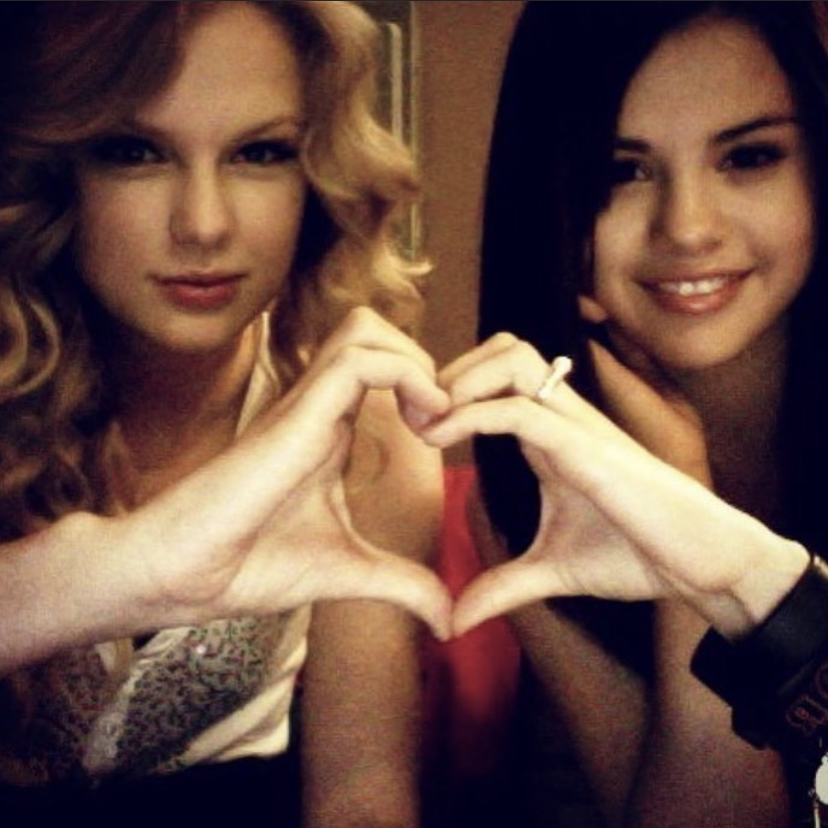Make Instagram casual(ly dying) again
September 23, 2022
Gen-Z has never lived in a world without some sort of emulated reality. Growing up, coinciding with television gamifying regular activities such as love, athletics or leisure, has cultivated a generation whose existence is based on some sort of performance. With Instagram, the question of performance regarding casual yet genuine posting validity is a poignant one.
To the uninitiated, “Casual Instagram” is Gen-Z’s latest plea for authenticity. What was previously a marketplace for self-expression, Instagram now stands as a valid communicative tool for celebrities to further advertise and sell themselves on. It is another platform to perform as they would behind a screen or on a stage. Instagram has been seen as a way to propagate parasocial relationships through a new curated view of celebrities’ lives.
The emulation of such a practice led to the concept of the microcelebrity, a person whose online presence spans a large, but niche group. These two ideas instigated a shift in culture in which Instagram was no longer for “just woke up like this” humble brag posts or “tag your most recent contact” chains. It cemented a culture where posting was a religious ceremony that affirmed precious likes and comments. The idea of your feed’s adherence to an aesthetic is fundamental, your photos to be pristinely edited is of paramount importance.
Initially, the response was making a “Finsta,” a typically private and separate Instagram account designated to post in-jokes, bad selfies and other relaxed content. However, the way that this discerns from the Casual Instagram movement was the optics. The Finsta was still curated; admission still had to be earned. Finstas separated itself from the hallowed main page, inadvertently putting it on a higher pedestal than it was before.
Casual Instagram is more outrightly appealing. It’s in your face, it’s a statement that discerns you are amongst the enlightened many and condemn the ones that still use VSCO. A few of Casual Instagram’s practices include the photo dump: a method that details months, events or an unrelated carousel of images. Candid photos are yet another practice, in which the subject is typically blurred, or their face is omitted. Furthered by sporadic uploads of various art or graffiti, these efforts have provided space for more experimental endeavors.
However, this leads to a grand conundrum. Participating in this movement—castigating the performative nature of what was once a casual platform—then creates a landscape that exposes itself to performance. Instagram is a platform whose engagement on any level presents a message, no matter how casual, it still requires what was critiqued in celebrity Instagram before: curation and faux authenticity. What Casual Instagram does is create an aesthetic, rather than an ideology. Any display of the photo dump, blurry faces or sporadic art creates a statement through the curation the user performs. The believer is still doing what it seeks to destroy, and that’s inauthentic Instagram usage.
But performance can still be desirable; a process in which one abstracts their beliefs, therefore, it doesn’t necessarily warrant a sinister motive. If engagement on Instagram warrants an inauthentic performance, perhaps the key to solving Gen-Z’s plea is self-awareness. Casual Instagram is a step forward within Gen-Z’s larger identity crisis, but what Casual Instagram fails to accomplish is address the performance within itself.












